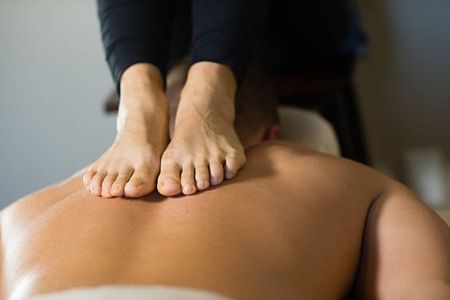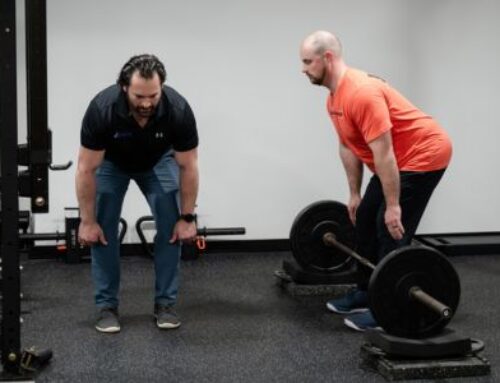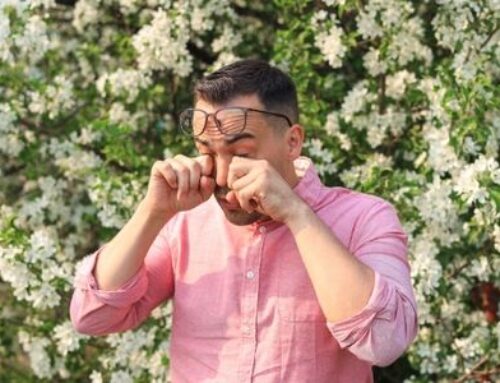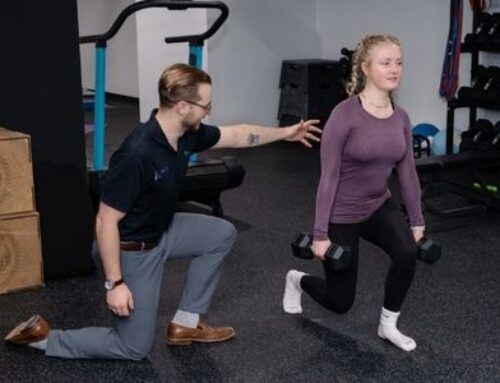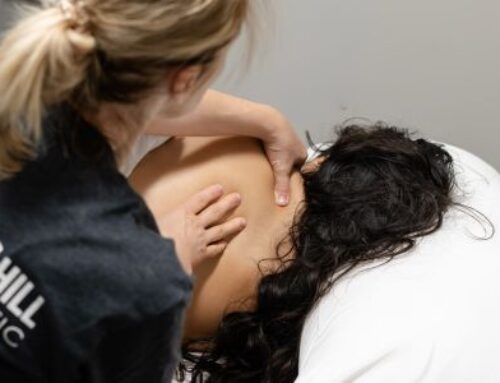What is Ashiatsu massage? Ashiatsu is a distinctive style of massage therapy performed using feet instead of hands. This ancient healing practice spans many continents, cultures, and styles over the past 3,000 years. The word “Ashiatsu” comes from the Japanese words “ashi” (foot) and “atsu” (pressure), perfectly describing this unique massage technique.
The Rich History of Ashiatsu
Ashiatsu massage has deep roots in Eastern traditions. Practitioners have used various props throughout history, including balance bars, chairs, silks, bamboo poles, and ropes. Sometimes therapists practice on floor mats, while other times they use elevated tables.
In Eastern cultures, practitioners viewed Ashiatsu as energy work and considered it a healing art. Western traditions embrace it differently. While it serves as a healing tool, Western practitioners also use Ashiatsu massage to improve posture, relieve pain and stress, and incorporate traditional massage techniques through long, deep strokes.
How Ashiatsu Works
Different Techniques and Settings
Therapists can perform Ashiatsu massage in several ways:
- Table-based: Using balance bars for support while working on a massage table
- Floor-based: Working on mats with silks as balance props
- Seated technique: Therapist sits on a stool, focusing mainly on upper back and shoulders
Why Feet Work Better Than Hands
The foot offers unique advantages for both client and therapist. Therapists can work slowly and effectively for myofascial release. The broader surface area of the foot distributes pressure over larger areas, reaching deep into tissue less painfully than thumbs and elbows. Clients who enjoy deep work benefit from the increased pressure that gravity and the therapist’s body weight provide.
Benefits of Ashiatsu
For Clients:
- Releases pressure in the spine more effectively
- Elongates and stretches muscles better than hand techniques
- Provides excellent myofascial release
- Improves posture significantly
- Delivers deep pressure with minimal discomfort
For Therapists:
Ashiatsu massage helps reduce overuse injuries to hands, fingers, and wrists. Therapists maintain better posture since they stand upright rather than bending over tables. These benefits help prevent burnout and extend career longevity.
Important Contraindications
Some people should avoid Ashiatsu therapy:
- Pregnant individuals
- People with high blood pressure
- Those with recent injuries or surgery (within 6 months)
- Individuals with compromised immune systems
- People with acute liver and kidney issues
- Those with recent implants
- Individuals with advanced diabetes
Always consult with your healthcare provider and inform your massage therapist about any medical conditions before booking your session.
Post-Massage Care Instructions
Essential Aftercare Steps:
- Hydrate: Drink plenty of water for 24 hours after your session to reduce soreness and help your body process the work.
- Stretch: Light stretching or yoga helps maintain flexibility and extends the benefits of your massage.
- Hydrotherapy: Use heat for lingering stiffness or soreness. Apply cold therapy for inflammation or pain.
- Recover: Give yourself time to rest. Ashiatsu is more intense than it may initially feel!
What to Expect During Your Session
Preparation and Attire
Like a regular massage, clients undress to their comfort level and lie on the table as they would for any typical massage session. Your therapist will discuss your preferences and any concerns before beginning.
Ashiatsu vs. Deep Tissue Massage
The choice between Ashiatsu and deep tissue massage depends on your comfort level and massage goals. While therapists can address trigger points and “knots” with their heels during Ashiatsu, the work won’t be as detailed and focused as finger or thumb techniques used in traditional deep tissue work.
Therapists can perform some neck work with Ashiatsu, but the delivery differs from hand-based techniques. Consider these factors when deciding which massage style suits your needs.
Scientific Research on Massage Therapy
According to the American Massage Therapy Association, massage therapy continues to gain recognition for its therapeutic benefits. Research published in the International Journal of Therapeutic Massage & Bodywork supports the effectiveness of various massage techniques for pain relief and wellness.
Schedule Your Ashiatsu Experience
Ready to experience the unique benefits of Ashiatsu? Book an appointment with me online or call the office at 585-444-7325.
Conclusion
Ashiatsu represents a time-honored healing practice rooted in Eastern traditions and adapted for modern wellness needs. Whether performed on a massage table with balance bars, on floor mats with silks, or from a seated position, this technique offers unique benefits for both clients and therapists.
The broad pressure distribution and deep tissue access make Ashiatsu particularly effective for those seeking intensive therapeutic work. With proper aftercare, clients can maximize the lasting benefits of this ancient healing art.

